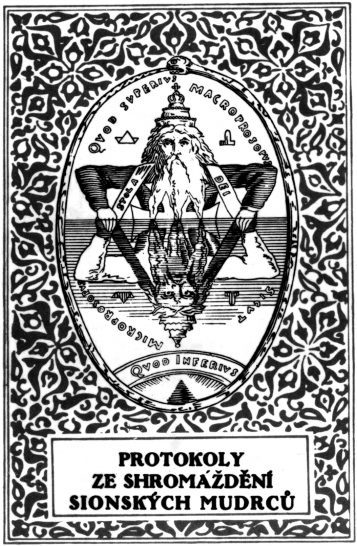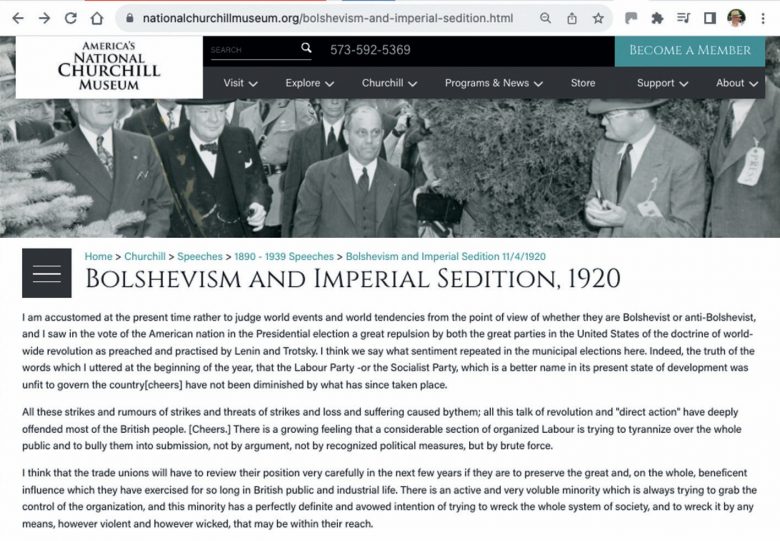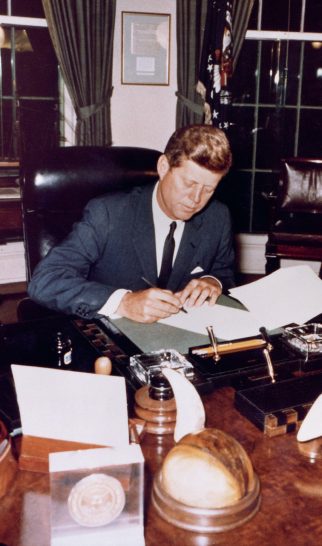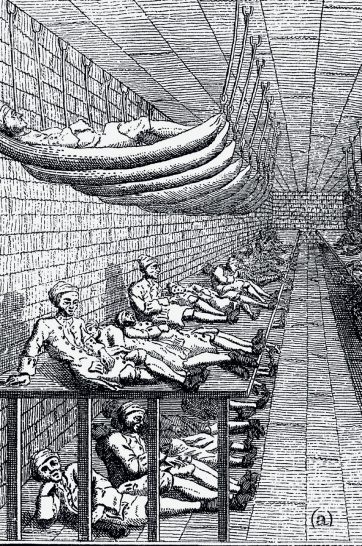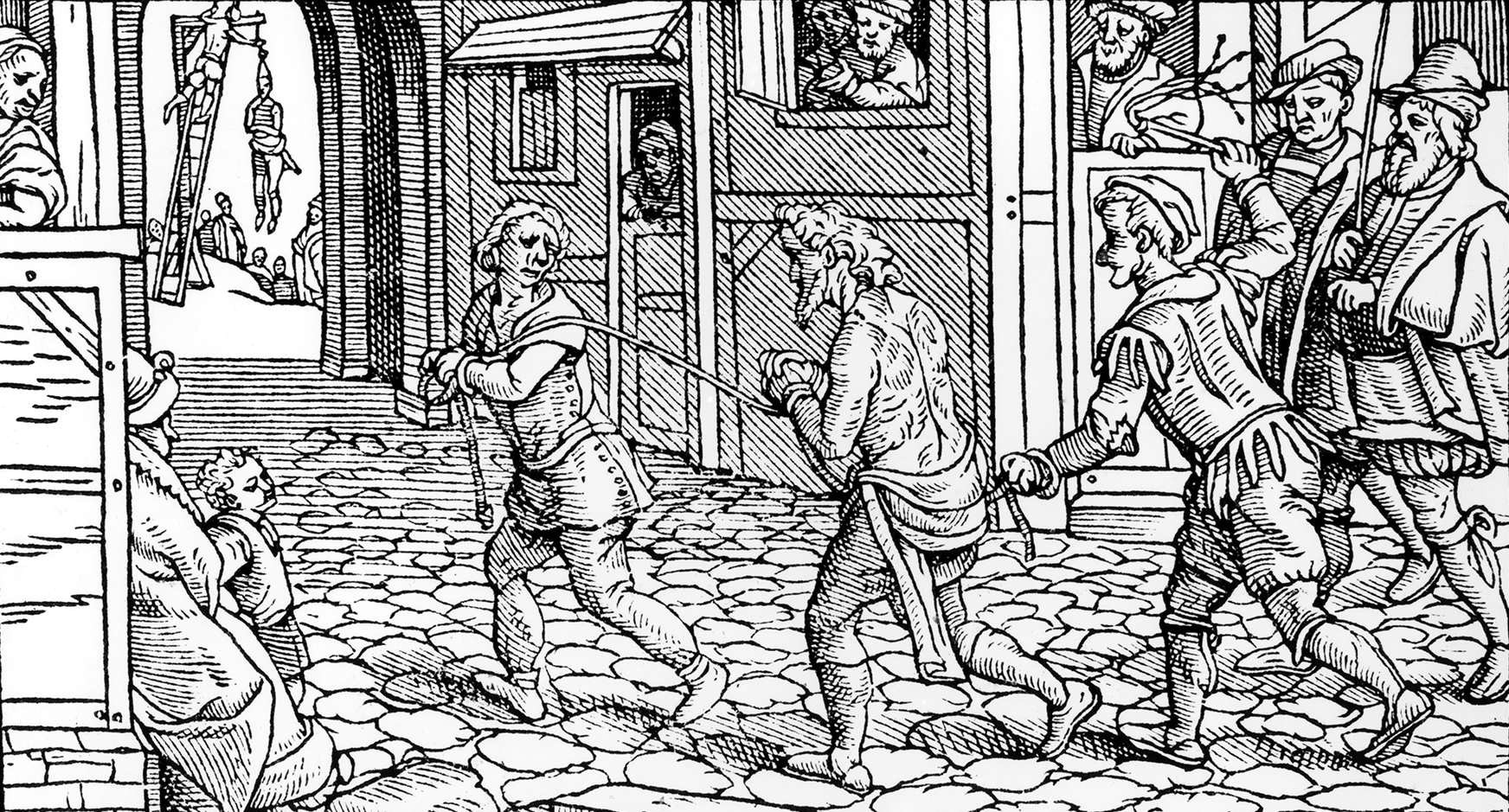
The voice of the Elizabethan poor is largely lost to us since almost all were illiterate. Evidence for their treatment comes not only from various poor laws, but also court records, local censuses and accounts from overseers of the poor and church wardens.
The number of poor Elizabethans is hard to measure due to limited evidence and the varying definitions of poverty, both among contemporaries and modern historians. Census and other data offer no consistent patterns but it seems that somewhere between 5% and 20% lived in absolute poverty, depending on harvests, the economy and local efforts at poor relief. Towns typically had a greater proportion of poor than villages. Nevertheless, large numbers were only ever one bad harvest or plague outbreak away from poverty, as they earned little, owned little and were heavily reliant on good harvests and maintaining their health.
Your organisation does not have access to this article.
Sign up today to give your students the edge they need to achieve their best grades with subject expertise
Subscribe

